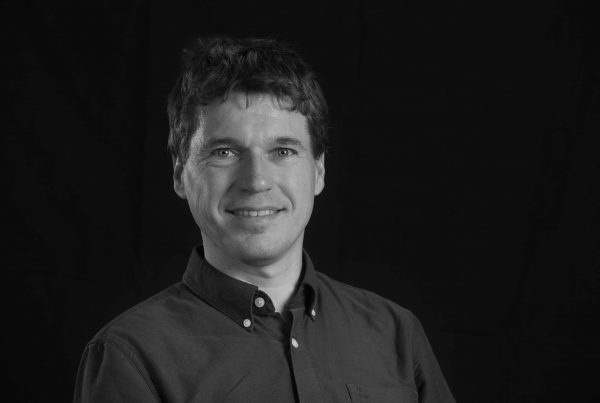Mark Gieles obtained his PhD in 2006 from Utrecht University in the Netherlands under the supervision of Prof Henny Lamers and Prof Simon Portegies Zwart. He then moved to the European Southern Observatory (ESO) in Chile as a research fellow and support astronomer on the Very Large Telescope (VLT) at Cerro Paranal in the Atacama desert. As part of this fellowship he spent 3 months as a visiting scientist at the School of Mathematics of the University of Edinburgh to work with Prof Douglas Heggie. In 2009 he won a Royal Society University Research Fellowship (URF) which he took up at the Institute of Astronomy of the University of Cambridge and moved the URF to the University of Surrey in 2013, where he started a new astrophysics research group. In 2013 he won a Starting Grant of the European Research Council (ERC) to work on the formation and evolution of the Milky Way, using its globular clusters.
